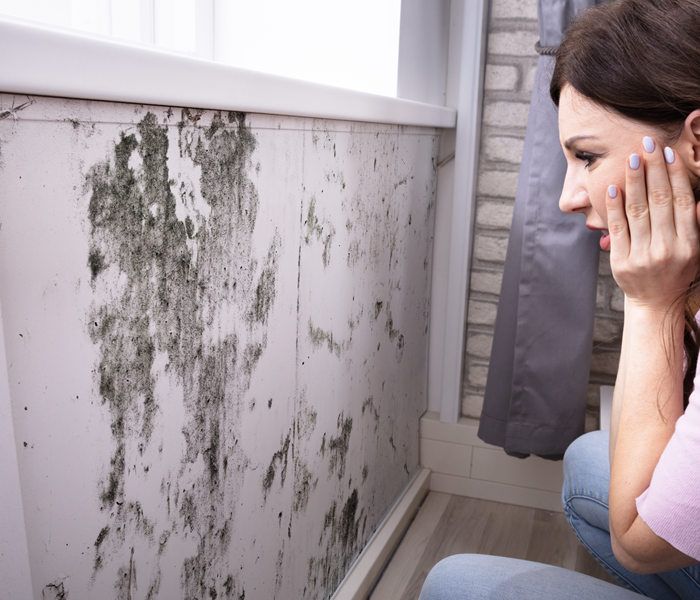Understanding the Basics of Mold: A Comprehensive Guide
10/26/2023 (Permalink)
Mold is a common issue that many homeowners encounter, but understanding its basics can help you better address mold-related concerns. In this comprehensive guide, we will explore the fundamentals of mold. By providing clear information, we aim to help you comprehend the nature of mold and equip you with knowledge to prevent and manage mold-related issues in your home.
What is Mold?
Mold is a type of fungus that thrives in damp environments. It appears as discoloration on surfaces, typically green, black, or white. Mold grows and spreads by releasing tiny spores into the air, which can settle and thrive in suitable conditions. While mold itself is not harmful, it can indicate the presence of excess moisture that may lead to structural damage or other issues if left unaddressed. Understanding mold's characteristics helps in effectively managing its growth.
Common Causes of Mold Growth
Mold growth is triggered by factors such as water leaks, high humidity, condensation, or flooding. Areas with inadequate ventilation, like bathrooms or basements, are particularly prone to mold growth. Mold can also develop on organic materials like wood or paper if they become damp. Identifying and addressing the source of moisture is key to preventing mold growth, as it needs moisture to survive.
Signs and Detection of Mold
Detecting mold early is important in order to take necessary actions. Signs of mold include visible discoloration on surfaces, a musty odor, or an increase in allergic reactions or respiratory issues. Regularly inspecting areas prone to moisture, such as basements, crawl spaces, and bathrooms, can help in identifying mold growth. Remember, mold can also be hidden within walls or under carpets, so careful examination may be required.
Preventing and Controlling Mold Growth
Preventing mold growth starts with effective moisture control. Fix any plumbing leaks promptly and address areas with excessive moisture or high humidity levels. Ensure proper ventilation in bathrooms, kitchens, and other moisture-prone areas. Use dehumidifiers or moisture-absorbing products to reduce humidity if necessary. Regular cleaning and drying of damp areas and materials also help in preventing mold growth.
Managing Mold Problems
If you discover mold in your home, taking appropriate measures to manage the issue is crucial. Small mold patches can often be cleaned with a mixture of detergent and water, followed by thorough drying. Larger or persistent mold infestations may require professional assistance to ensure effective and safe removal. Regular monitoring and maintenance of moisture levels can help prevent future mold problems.
Recognizing the Importance of Regular Maintenance
Regular maintenance plays a vital role in mold prevention and management. It is essential to address any potential moisture issues promptly, fix leaks, and keep surfaces dry. Inspect your home regularly, paying attention to areas prone to moisture, and take immediate action if you detect any signs of mold growth. By practicing proactive maintenance, you can minimize the risk of mold becoming a recurring problem and ensure a healthier and more comfortable living environment for you and your family.
By comprehensively understanding the basics of mold you can approach mold-related issues with confidence. Empowered with knowledge on mold characteristics, detection, prevention, and management, you can proactively create a mold-free living environment for you and your family. Remember, prompt action is essential to prevent mold growth from causing further damage in your home.





 24/7 Emergency Service
24/7 Emergency Service
